Namibia is a unique and fascinating country. Attractions in Namibia range from prime wildlife safaris to fascinating desert landscapes, diverse culture and a whole lot of unpopulated places and wide open spaces in between.
The highlights of Namibia have taken millennia to reach their present state. Nowhere is the age of the earth more evident than in the ancient landscape of the world's oldest desert - The Namib Desert and of course the famous Sossusvlei. In Namibia, the layers of time are clearly marked and preserved: a dinosaur's footprints fossilised in rock; an ancient volcano worn by wind to its core; a 20,000-year-old meteorite; rock paintings over 26,000 years old; a river canyon 300 million years in the making. It took 5 million years for the dunes in the Great Sand Sea to get to their present state and they are considered young. Their petrified counterparts are over 20 million years old.
Despite its parched reputation, Namibia is one of the best wildlife safari destinations in Africa. Etosha National Park is a phenomenon unto itself. With a vast saline desert as its eye it is surrounded by tear ducts of natural springs that support an astonishing array of indigenous species. The Waterberg Plateau, Damaraland, Kalahari and Caprivi add fascinating and widely contrasting wildlife dimensions to complete the game viewing experience.
The people who inhabit this land, few though they may be, are no less captivating than their surrounds. San hunter-gatherers continue their ancient traditions in the area known as Bushmanland ; the Himba are nomadic herdsman with proud traditions who live in the remote and rugged Kaokoland and along the Kunene River. Coastal towns bear witness to the changing fortunes of an inhospitable shoreline. The ghost of a diamond-rush era remains in Luderitz; Swakopmund thrives despite its precarious location and shipwrecks along the Skeleton Coast reveal the source of its grisly name.
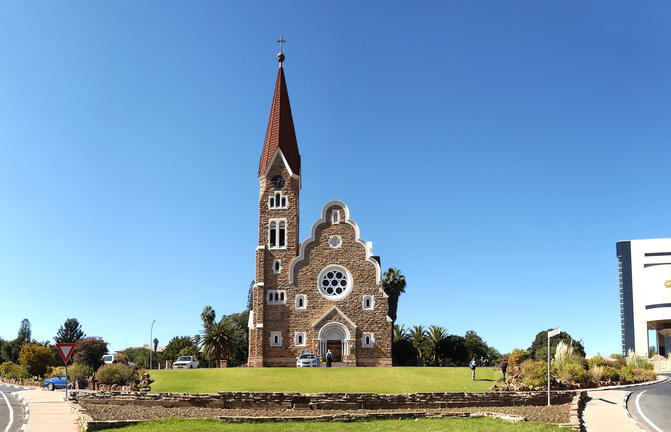
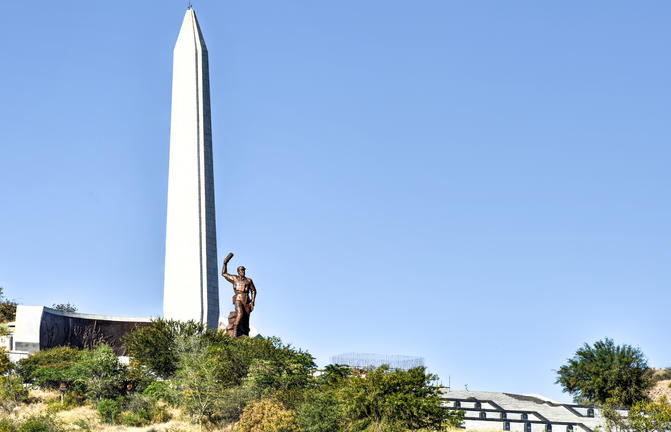


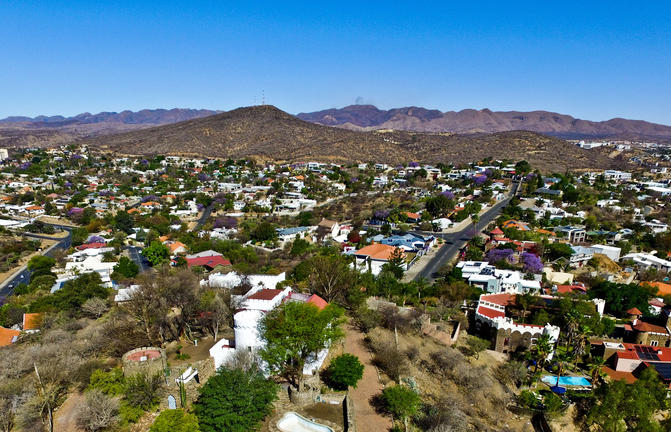
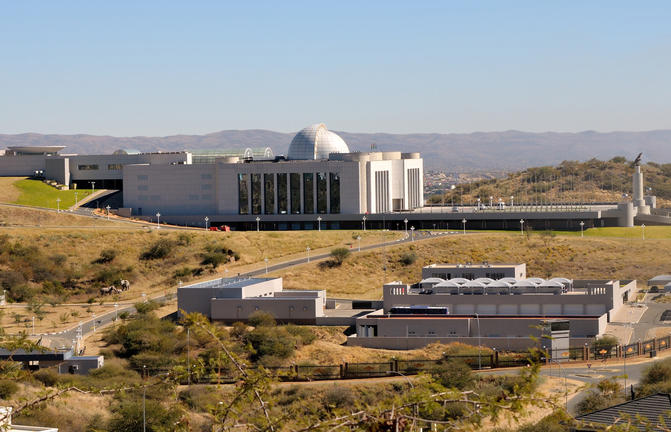
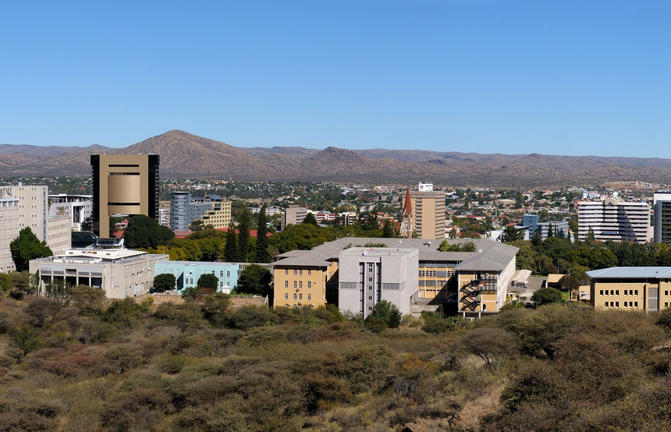
Surrounded by the stubble-covered Auas Mountains and the endless Khomas Hochland, Windhoek lies in a long valley fed by ancient hot springs in the central highlands. Namibia’s capital and bustling city. More often than not, the start or end place of your Namibia safari.
In Windhoek there are many interesting historical buildings, museums, galleries and craft shops. The city has several good restaurants and modern shops and services making it an excellent base camp from which to launch your Namibian adventure.
Star dunes with up to five crests rise 300m into the air and rank among the biggest in the world; the dune valleys are marked by vast clay pans where the Tsauchab River gave up its fight to reach the sea more than 60,000 years ago.
Besides the dunes and pans of Sossusvlei and Sesriem Canyon, a sideshow of activities and sights has developed around the region and there are plenty of game lodges that provide additional desert-adapted activities. Plants and birds are the dominant life form in this dessicated realm and they support a tiny world of mammals, reptiles and insects that, in the absence of coastal fog, seldom wander far from the rivercourse and its pans.



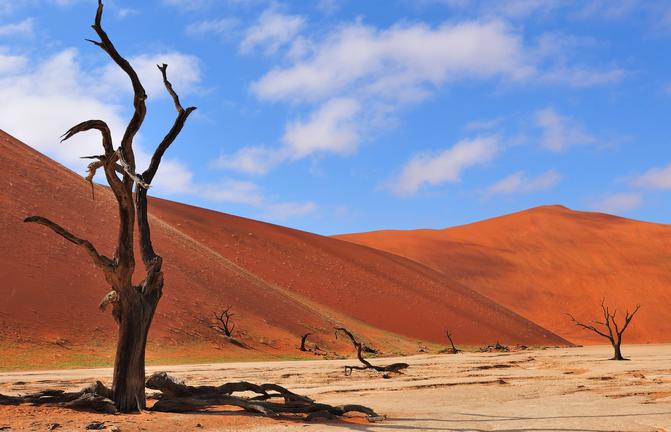
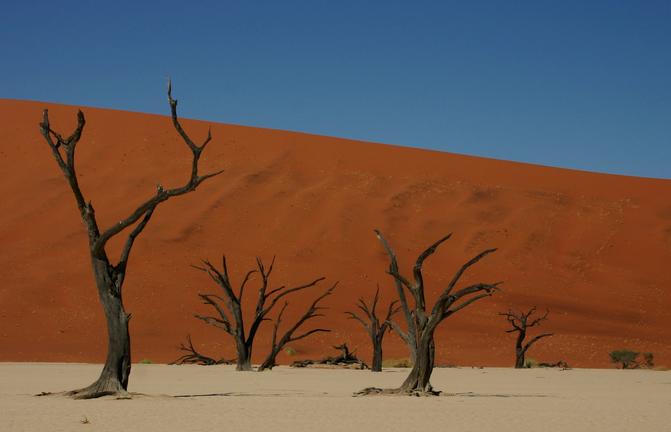

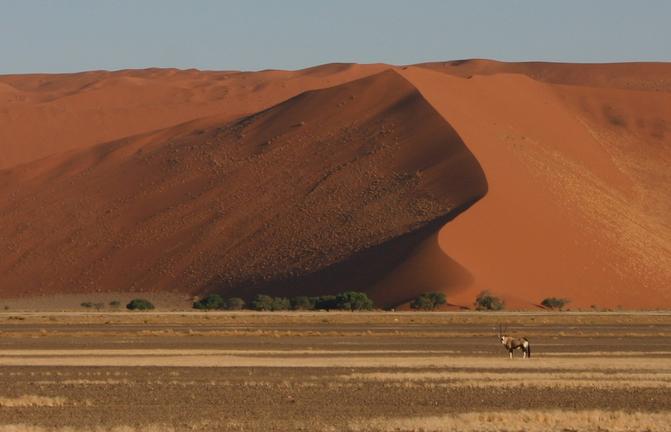

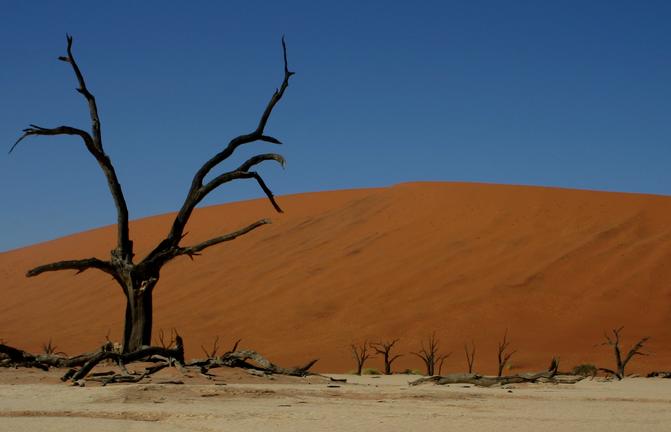





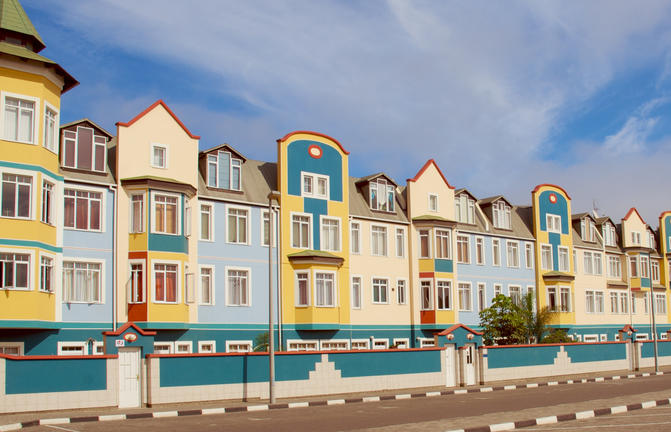
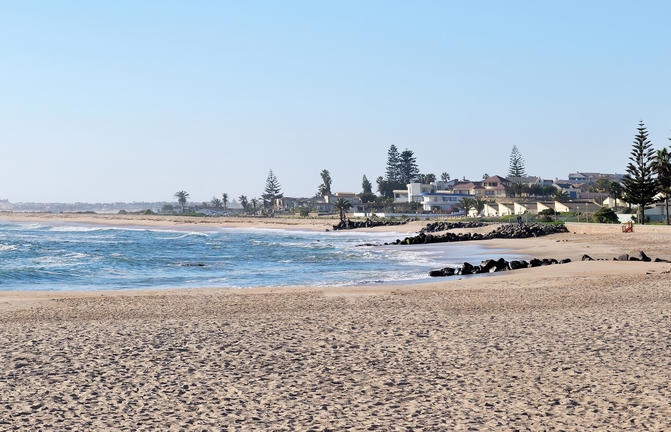
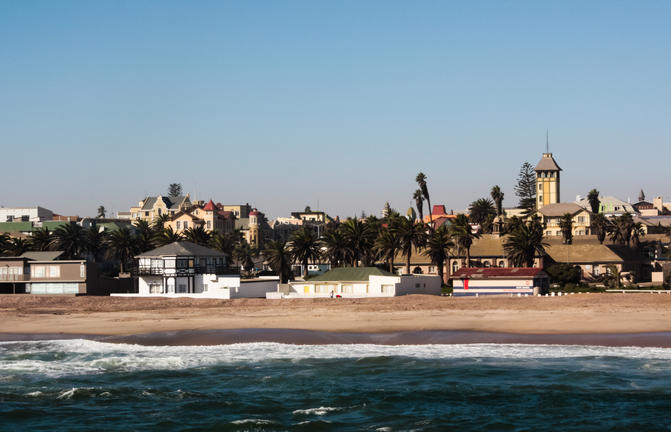
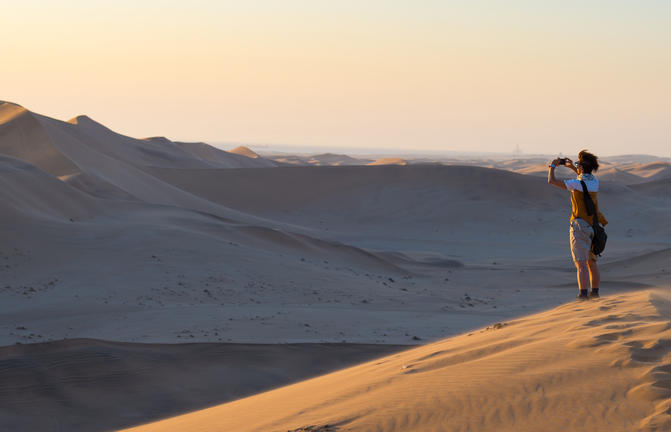
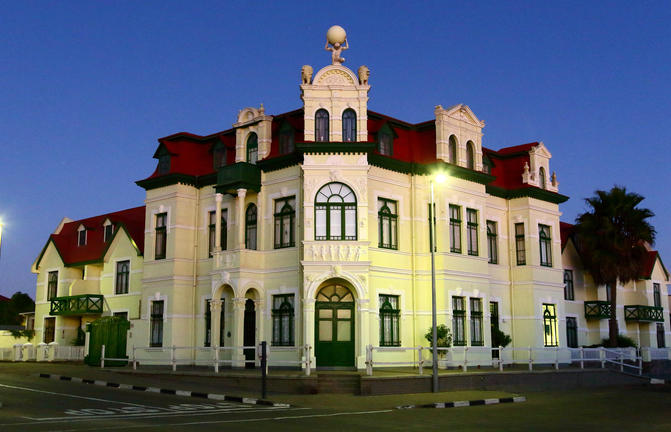
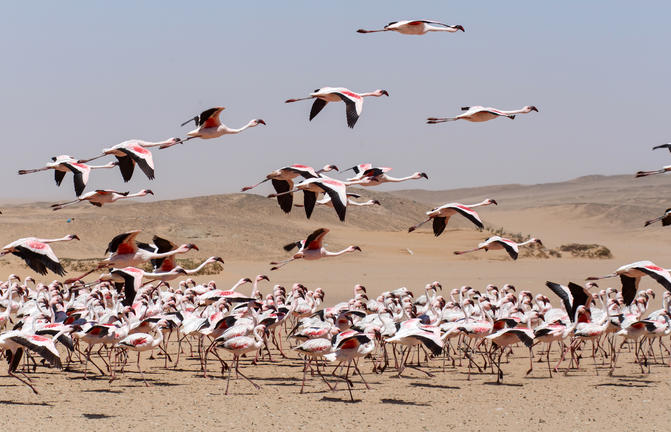
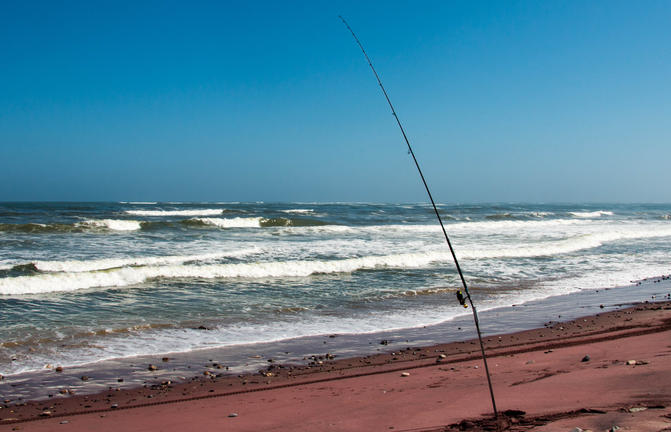
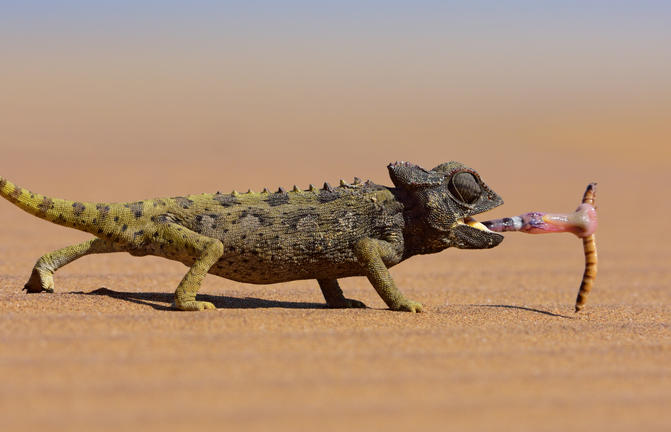
Surrounded by the ancient Namib Desert and the inhospitable - but bounteous - Atlantic Ocean, Swakopmund is alive with activity and has a lot on offer for the adventure-seeker: quad-biking, sand-boarding, horse-riding, skydiving and more.
Swakopmund has many interesting German-influenced buildings from the early 1900s in a variety of styles and, for its size, Swakopmund has an astonishing array of restaurants that serve mainly seafood, steak and many German staples.
Damaraland features vast khaki plains, sheer rocky mountains and incredible desert-adapted wildlife. Track rhino and desert elephant, explore the rugged land or sit back and enjoy the dramatic and endless scenery. Damaraland's hilly savannah supports a large number of species including lion, leopard, cheetah, hyena, eland, kudu, giraffe, klipspringer, steenbok, gemsbok and springbok. Birdlife is prolific with over 33 raptors recorded including cuckoo hawks, Egyptian vultures and peregrine falcons - the world's fastest animal.
Damaraland is divided into several enormous private game reserves, known as concessions, that support most species of Namibia's large game and provide some of the best birding and wildlife experiences in the country - and southern Africa for that matter.










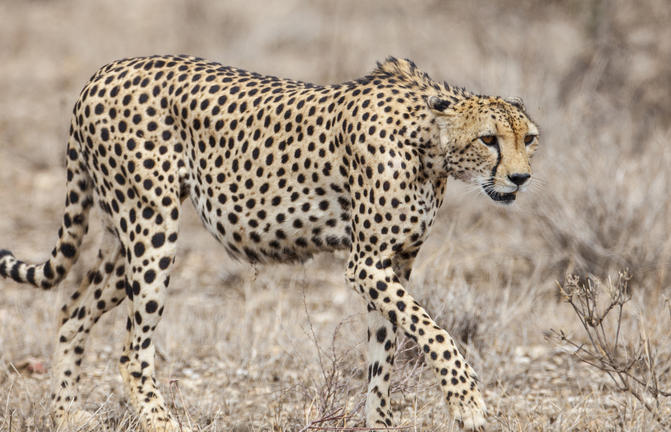
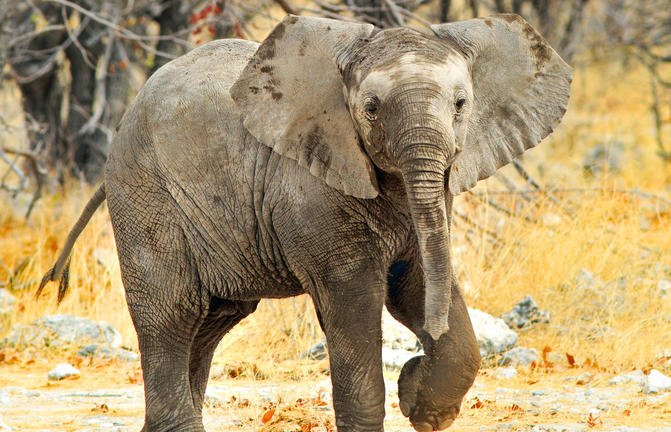
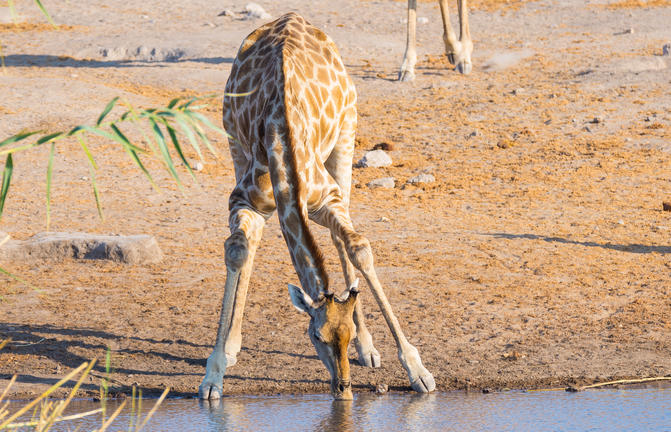
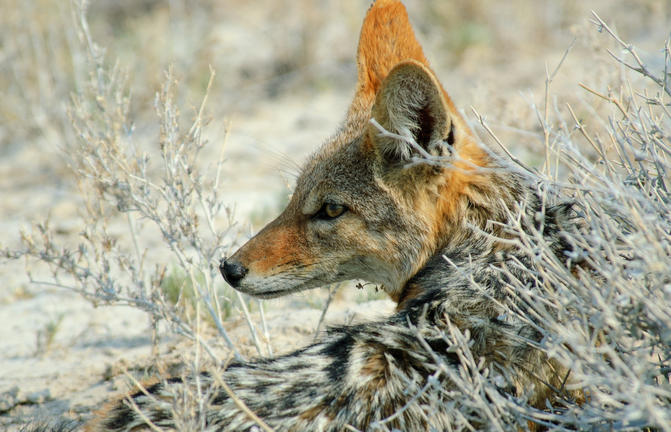
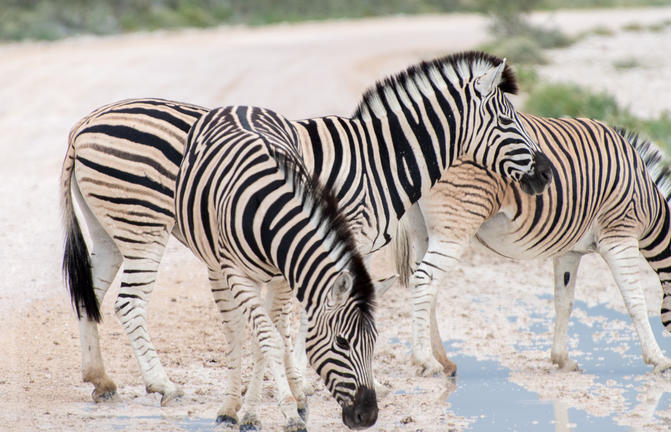
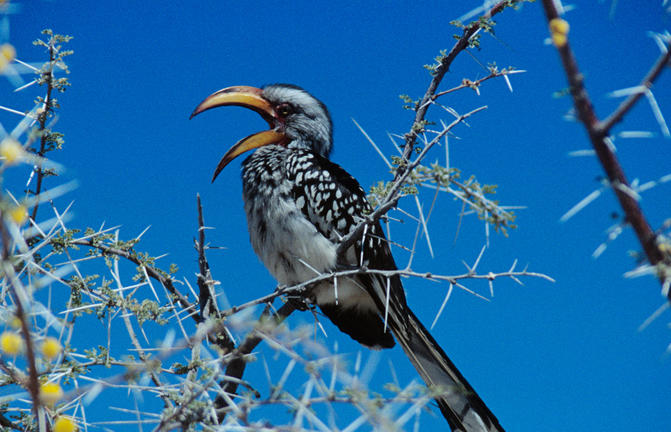
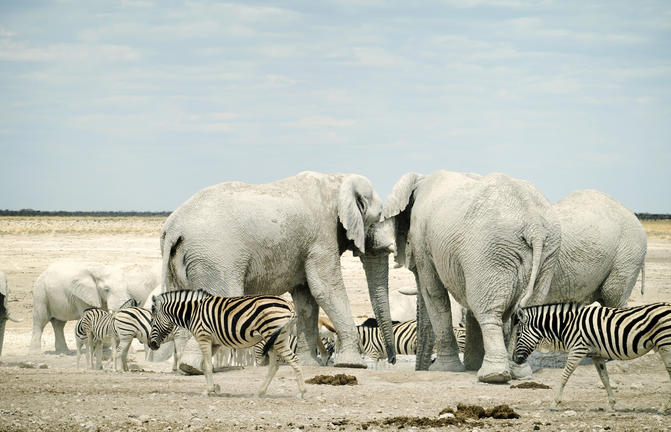
Located just south of the boundary of Etosha National Park in northwestern Namibia, Etosha South makes up the southern region of this wild paradise. The area is comprised of a collection of world class private game reserves. The national park can be accessed via the southern entrance at Andersson’s Gate. Visitors can catch a glimpse of a variety of wildlife including: lion, giraffe, elephant, white and black rhino, and a multitude of plains game. Popular activities include: enjoying an open 4x4 safari with an expert guide, half day or full day drives with the option of a picnic lunch with wine on the full day game drive.
On the eastern edge of Etosha National Park, the park itself is bordered by numerous private reserves and access into the park is via the Von Lindequist Gate, named after Dr. Friedrich von Lindequist who proclaimed it a game reserve in March 1907. This side of the park is characterised by flat endless plains, tree-savanna type of vegetation and fantastic waterholes, where you could easily spot any of the prolific wildlife Etosha is known for. There's an abundance of wildlife here.












